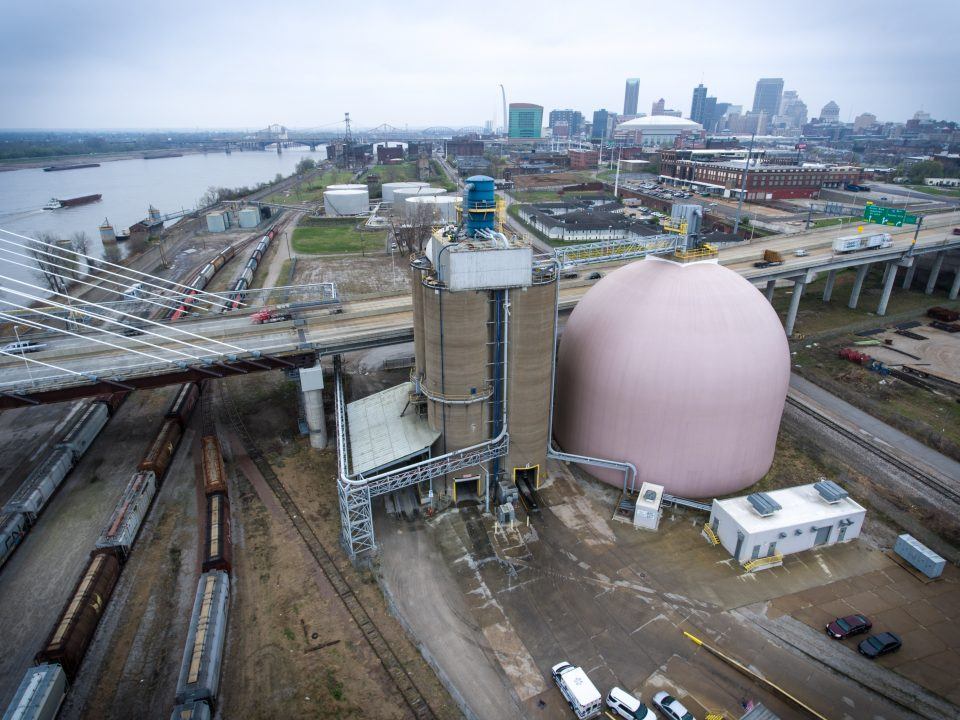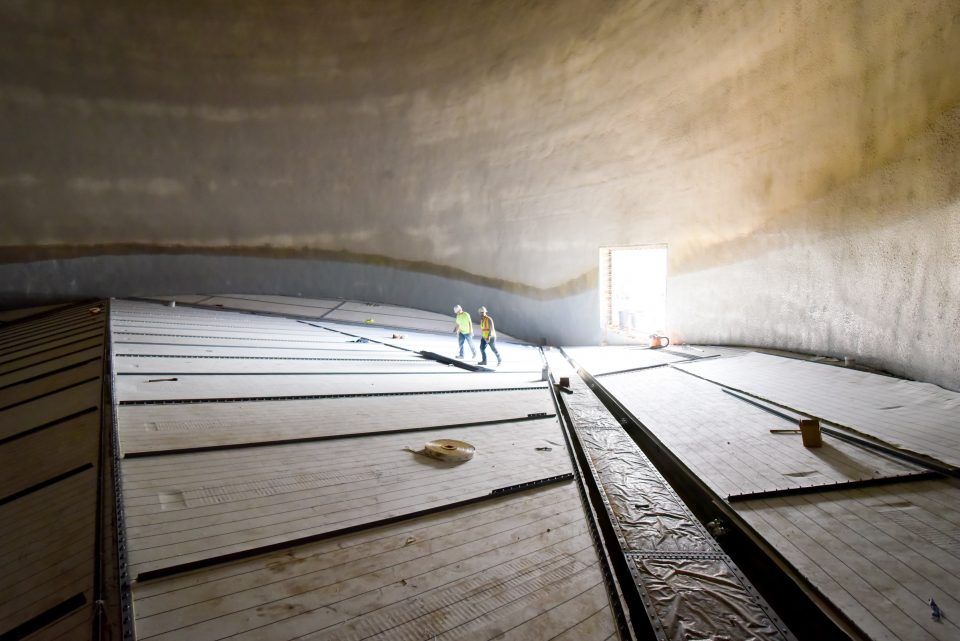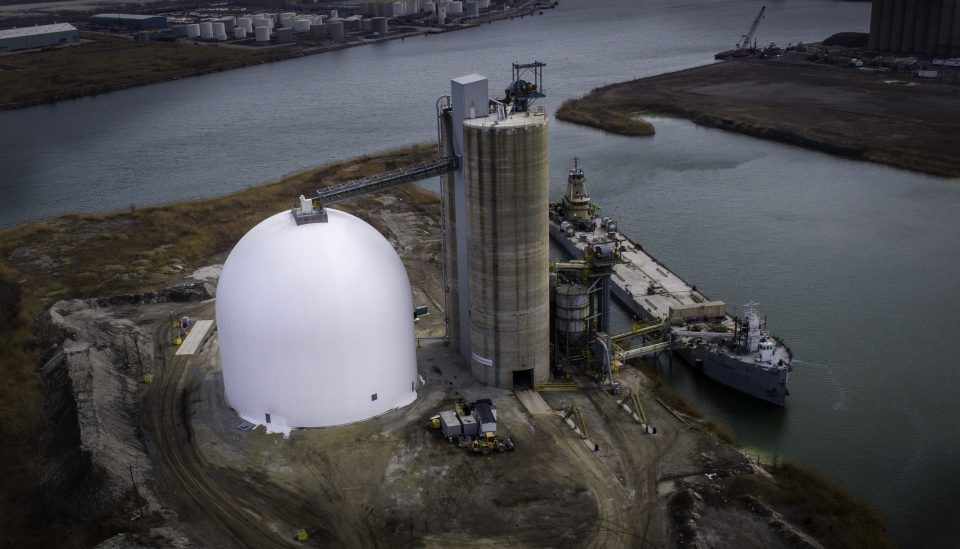With its list of cement customers increasing, Dome Technology promotes a design-build approach for more and more projects. It’s good for cement companies and their timelines, and it’s attractive to quality subcontractors and vendors eager to be part of complex, important projects.
Dome Technology’s design-build services address engineering, construction and all related systems at the design level. The result is greater simplicity, assurance and value from start to finish. When a single party is chosen to provide the entire project, costs go down. When the plan changes, it isn’t taxing to spread the word because everyone who needs to know already does. But sometimes changes aren’t necessary at all; when one team oversees every element, it’s easier to spot gaps. “When it’s confined under one umbrella, it’s much easier to define those missing links,” Dome Technology sales manager Heath Harrison said. The result is a turnkey facility with all components running seamlessly because each was planned with the others in mind.
Turnkey construction is about more than combining individual parts to create a cohesive whole. It’s really about building trust and empowering the customer.

Good for customers
Based on customer must-haves and a firm budget, Dome Technology can execute an entire project from design to completion. After more than 40 years of experience in bulk construction, the company’s network of bulk-storage vendors and subcontractors is wide and deep, allowing the team to partner with the best in the industry. The Dome Technology team works to maximize every dollar and plan components with the others in mind.
To start a project, a customer provides the budget and a list of required features; Dome Technology then identifies what can be included for the set price. The two groups can add or subtract features to achieve the structure a customer needs within budgetary constraints. These questions guide early conversations:
- Capacity requirements: How much cement needs to be stored and transported annually?
- Geographical and geological position: Define the site requirements and determine the site-specific geotechnical information.
- Expansion: Is this a project extending a facility’s original scope? Is future growth likely?
- Product consideration: A turnkey builder can provide counsel on designing unique storage for each specific stored product.
- Operations: What are the company’s plans for filling, reclaim, product management and controlling inventories? If these aren’t known or defined, help is available.
Two major advantages with design-build are that change orders are reduced and schedules are usually met because each phase of the project is built into the plan. These often yield cost savings and a smoother construction experience.
Storage is the largest component in a new facility, and a dome is built with an unlimited lifespan—its concrete shell and geometry boast unrivaled strength. Dome construction methods require no interior trusses, so every square foot can be utilized for storage or reclaim systems.
Besides costing less to build and operate, domes are also cost efficient. Domes are built with locally available concrete and reinforcing steel, and often local crews are hired for construction, a benefit for city economies as it provides jobs and pumps money back into the marketplace. Also, a dome’s double curvature requires fewer construction materials with significantly less waste, and a dome can be built quickly; one the outer weatherproof membrane is in place, construction moves inside where building continues regardless of the weather.

Attracting the best subcontractors and suppliers
With projects all over the world, the most efficient way to execute large cement projects is to rely on relationships with industry experts for product handling and monitoring. Cement companies benefit from the best products on the market and close working relationships between Dome Technology and those providing the storage-structure’s systems. For decades Dome Technology has worked with vendors who provide fluidized floors, geotechnical support, foundation systems, reclaim products, ship unloaders and more.
In addition, subcontractors are safe working on a Dome Technology project. Dome Technology follows strict safety commitments; field employees are OSHA and MSHA trained and receive site-specific training. They are expected to follow safe practices, including wearing personal protective equipment, avoiding shortcuts that compromise safety, hydrating and stretching daily for optimal physical health, employing proper lifting techniques and only operating equipment qualified to operate. In this way, all workers at a Dome Technology site are protected, and the project experiences fewer schedule interruptions.

Simplicity first and last
A design-build approach simplifies a project from start to finish. Cement companies get the most value for their money and benefit from existing partnerships between contractors and vendors. Subcontractors and vendors benefit from working with familiar teams to build quality facilities. It’s the latest method for achieving a cement facility customized to exact specifications.
By Rebecca Long Pyper for Dome Technology
Editor’s note: The preceding article was published in the April 2021 issue of Dry Cargo International.